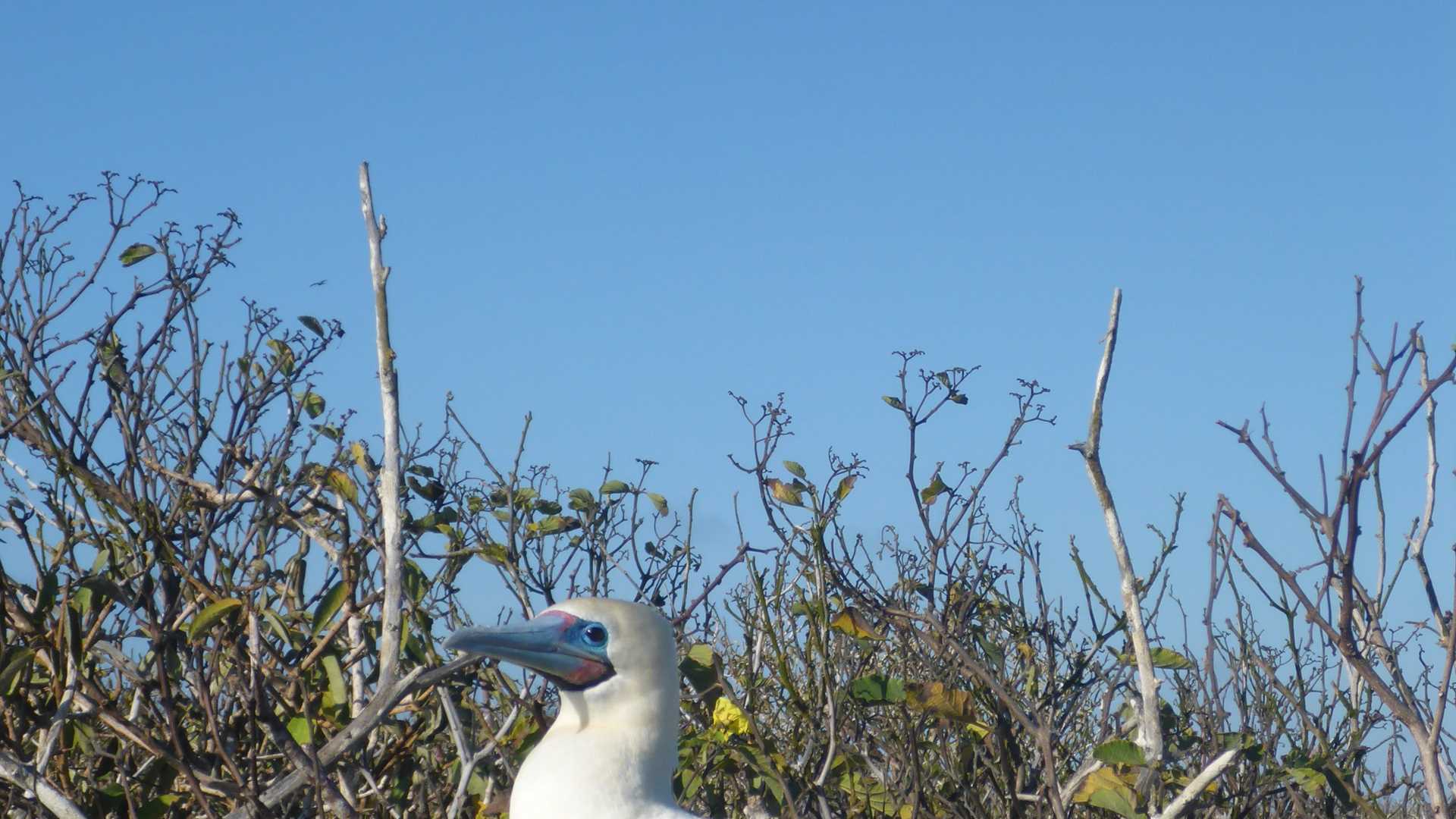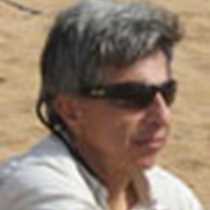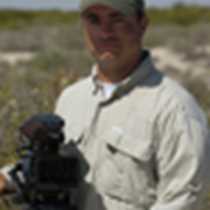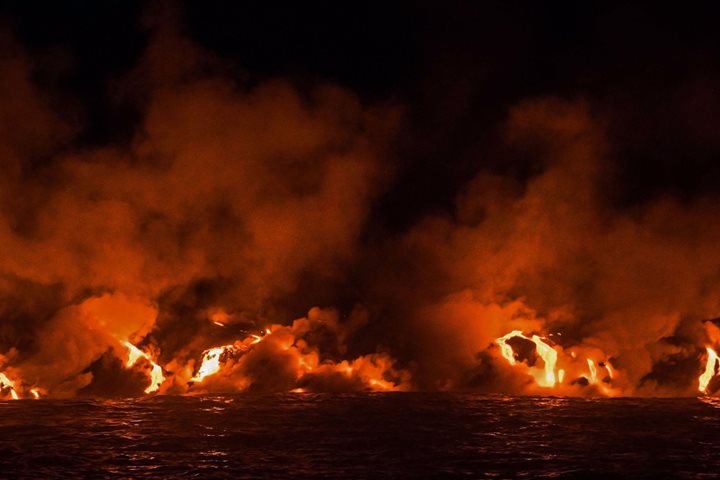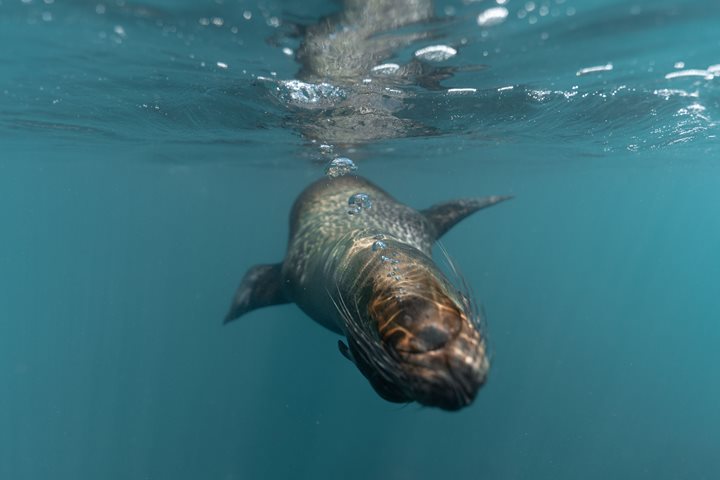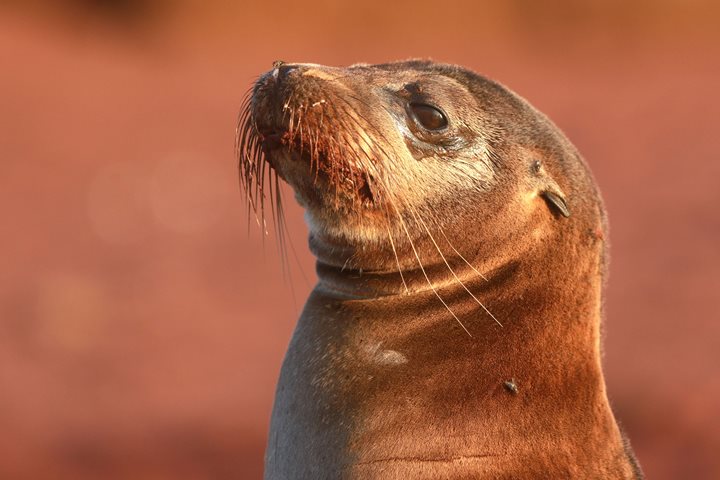On our last full day in the Galápagos our guests enjoyed Genovesa Island. The entire island is a seabird colony and our guests had the opportunity to observe frigate birds, Nazca boobies, red-footed boobies, swallow tailed gulls, red-billed tropic birds, and storm petrels. While we visited this island our guests had the chance to explore two different sites: Darwin’s Bay and Prince Philip´s Steps. Both of these areas hold an impressive biodiversity.
Once at Darwin Bay besides observing and learning about the seabirds, we learned about the different adaptations that the Prickly-pear cacti of this island have developed. Because these cacti thrive in an environment without land iguanas and giant tortoises, they grow next to the ground and have soft needles.
On the way to Prince Philip's Steps we observed Galapagos fur seals shading themselves from the sunlight in between the rocks. Once at the site and after a dry landing, our guests climbed a 90 foot (or 30 meter) cliff where the Galapagos National Park Services has cemented some rocks together and constructed a handrail. Once at the precipice, the terrain levelled out and our guests, together with our expedition team, began hiking on the trail. Next to the path we found a good number of Nazca-boobies that where raising their young. We also found a great number of red-footed boobies working on their nests built in the trees. At the end of the trail we found short-eared owls that were trying to capture storm petrels that were going in and out of their nests.
In between the hikes our guests went on a snorkeling outing where they encountered schools of small manta rays and golden cow rays, as well as new species of fish, like the Moorish idol and sunset wrasses. On the way back to the National Geographic Islander everybody enjoyed watching a beautiful sunset on the horizon.

